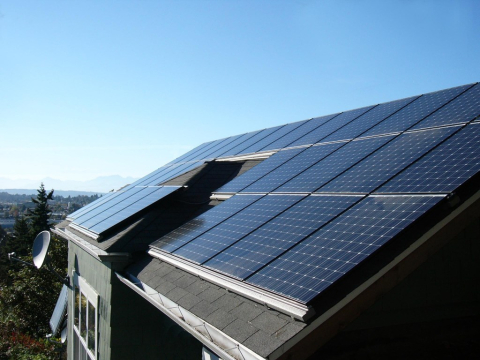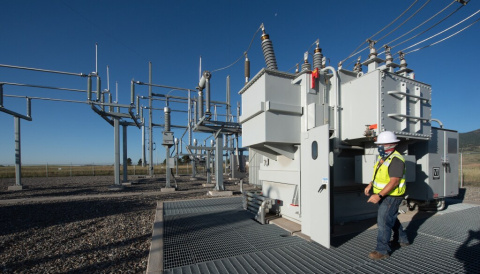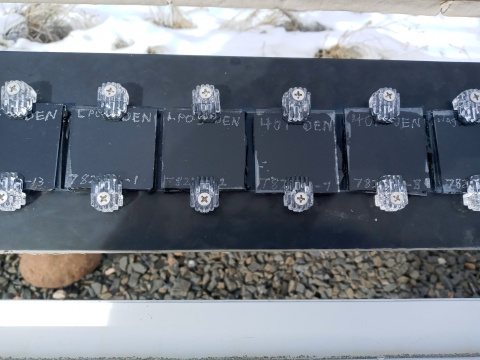The Solar Energy Technologies Office’s Solar Blog features stories about the office, its awardees, and its work. Learn more.

The U.S. Department of Energy funded the Interstate Renewable Energy Council (IREC) to address standalone energy storage and solar-plus-storage interconnection challenges on the distribution grid.

More than 85% percent of a solar photovoltaic (PV) module is made of materials we already know how to recycle, like aluminum and glass. However, solar panel recycling—and recycling overall—is not currently cost-effective or widely adopted.
Arthur O’Donnell landed his job at the New Mexico Public Regulation Commission through the Energy Innovator Fellowship, where he now mentors other fellows. Read the interview about how CEIF shaped his career path.

This $6.5M DOE funding opportunity is ideal for early-career solar energy researchers, supporting early-stage ideas in photovoltaics and concentrating solar-thermal power.
Building-integrated photovoltaics is a set of emerging solar energy applications that replace conventional building materials with solar energy generating materials in the structure, like the roof, skylights, balustrades, awnings, facades, or windows.

On October 14, 2023, an annular solar eclipse will travel across parts of the United States, blocking up to 90% of the sun for several minutes. What could this mean for our power grid? Learn what to expect when the sun goes dark.

The U.S. Department of Energy leveraged American-Made Challenge Prize competitions to get capital to renewable energy organizations that were previously unable to access traditional federal funding resources.
Don’t let age be a barrier to pursuing your dreams. Andre King’s journey showcases the power of never giving up, proving it’s never too late to start over.

The critical role that interconnection plays in enabling the clean energy transition is why the U.S. Department of Energy established i2x to identify and develop solutions that make interconnection fairer, faster, and simpler.

Solar panels need to withstand the elements to keep producing power for decades, and water is one of a solar module’s trickiest foes. Using clever measurement and modeling methods, researchers are optimizing the way we seal solar modules to keep water out
Subscribe to the Solar Energy Technologies Office Newsletter

